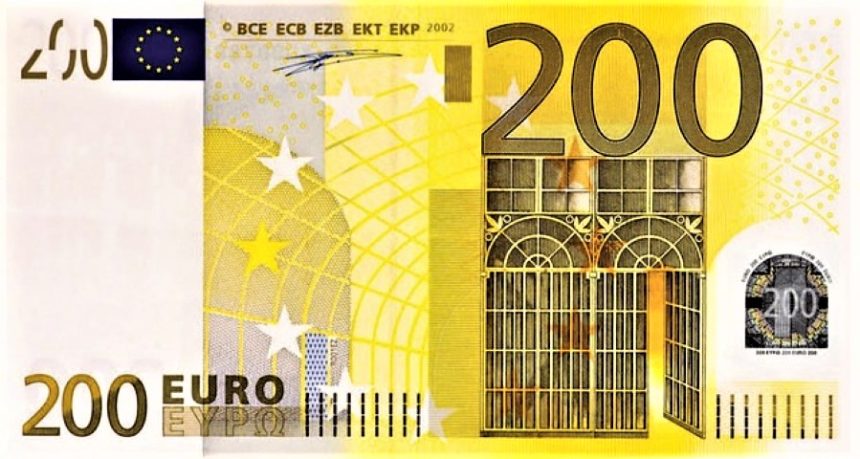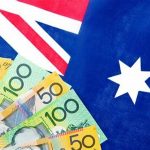EURUSD falls slightly as a positive Eurozone flash PMI fails to offset disappointing Q2 Negotiated Wage Rates.
EURUSD fell to 1.1130 in Thursday’s early North American session, down from a new year-to-date high of 1.1175 set on Wednesday. The major currency pair trades marginally lower, reaching 1.1130, as the US Dollar (USD) rises but stays close to a new 2024 low.
The US dollar continued on a downward trend, with Fed Powell’s speech under focus.
The US Dollar Index (DXY), which tracks the Greenback’s value versus six major currencies, is trading near 101.00. The forecast for the US dollar remains Bearish, as the Federal Reserve (Fed) appears to be on pace to lower interest rates in September.
This would be the Fed’s first dovish interest rate decision in over four years. Since March 2022, the US central bank has maintained a restrictive monetary policy stance to reduce inflation.
Market speculation for Fed interest rate cuts has grown as the “vast majority” of Fed officials see policy easing in September as appropriate, given that inflationary pressures continue to ease, according to the Federal Open Market Committee (FOMC) minutes from the July 30-31 policy meeting. According to the FOMC minutes, several policymakers were ready to decrease interest rates as early as July.
Investors will look for more clues on the interest rate path Fed Chair Jerome Powell will deliver a speech at the Jackson Hole (JH) Symposium on Friday at 14:00 GMT. Investors will be looking for signs about the amount of September’s interest rate decreases and how much the Fed may drop them this year.
German PMI indicated that activity contracted quicker in August.
Investors will be closely watching the August US flash S&P Global PMI data. Which will be released at 13:45 GMT on Thursday. The preliminary PMI report is expected to reveal. That the Composite PMI dropped to 53.5 from 54.3 in July.
Daily Market movers: EURUSD falls after German PMI dips substantially in August.
EURUSD drops significantly after German flash HCOB Composite PMI unexpectedly declined at a faster-than-expected rate in August. And lackluster Q2 Eurozone Negotiated Wage Rates affect the Euro (EUR).
According to the flash German PMI report, industrial activity fell further to 42.1. In the service sector. Activities increased data at a slower-than-expected rate to 51.4.
Eurozone Composite PMI unexpectedly increased to 51.2, exceeding economists’ estimates.
On the contrary, the Eurozone Composite PMI unexpectedly increased to 51.2. Exceeding economists’ estimates. According to the report, the substantial expansion was driven by robust rise in service sector activity. The Service PMI rose sharply to 53.3 from forecasts and the previous reading of 51.9. On the contrary, the Manufacturing PMI fell further to 45.6, below the projected 45.8.
Dr. Cyrus de la Rubia, Chief Economist at Hamburg Commercial Bank, commented. On the flash PMI data, saying, “The boost largely comes from a surge in services activity in France.” The Business Activity Index increased by over five points. mainly due to the excitement surrounding the Olympic Games in Paris. However, it is unlikely that this momentum will be sustained in the following months. Meanwhile, the general rate of expansion in Germany’s services sector has slowed. And the Eurozone’s industrial sector continues to decline rapidly.”
The downturn in the German economy indicated by the PMI data is unlikely to have an impact on market speculation regarding the European Central Bank’s (ECB) interest rate forecast. However, slower wage growth momentum would bolster them even further. Negotiated wage rates increased at a slower rate of 3.55% from 4.69% in the first quarter of this year, which had been revised upward from 4.74%.
Markets widely expect the ECB to reduce its main Borrowing rates were raised once again in the fourth quarter of this year, with price pressures expected to return to the bank’s aim of 2% next year.
https://voiceoftraders.com/analysis/us-dollar-currently-in-the-green-ahead-of-august-pmi-data









